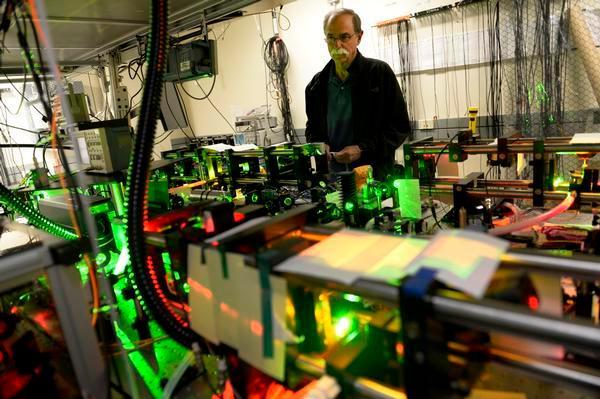The Colorado Economic Development Commission normally doesn’t throw its weight behind unproven startups, but it did so on Thursday, approving $2.9 million in state job growth incentive tax credits to try and land a manufacturing plant that will produce hardware for quantum computers.
“Given the broad applications and catalytic benefits that this company’s technology could bring, retaining this company would help position Colorado as an industry leader in next-generation and quantum computing,” Michelle Hadwiger, the deputy director of the Colorado Office of Economic Development & International Trade, told commissioners.
Project Quantum, the codename for the Denver-based startup, is looking to create up to 726 new full-time jobs in the state. Most of the positions would staff a new facility making components for quantum computers, an emerging technology expected to increase computing power and speed exponentially and transform the global economy as well as society as a whole.









